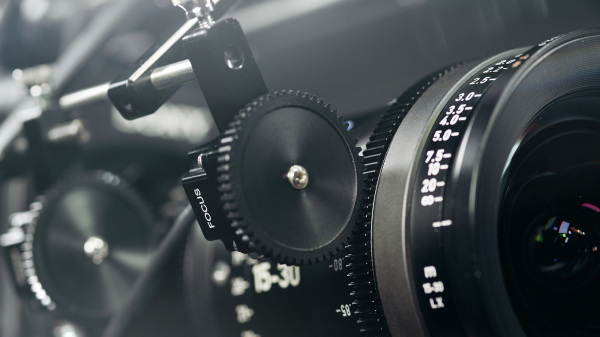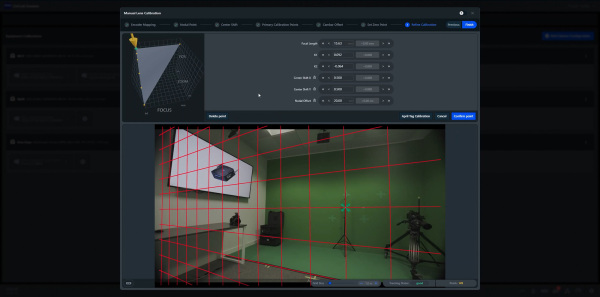ZEISS has just announced an update to the ZEISS CinCraft Scenario camera tracking system. With the latest software version 2.1, the tracking solution now enables manual calibration of spherical lenses, even if no pre-created lens templates are available.

Manual calibration of spherical lenses - increased compatibility
According to Zeiss, the CinCraft Scenario calibration process is guided and designed to be easy to perform. Users can start a calibration by entering certain values of the lens (e.g. for focus/aperture/zoom) in the CinCraft Scenario software and perform an initial calibration using a chart. You can then adjust and fine-tune the calibration as required until satisfactory results are achieved.

‘With this update, Scenario users can easily create new lens templates and have the option of using lenses from different manufacturers with our system,’ explains Christophe Casenave, Head of Business Unit Cinematography at ZEISS.
Manual CamBar offset and clip name
With the latest software version, users can manually enter the distance from CamBar to the camera (offset) instead of relying on the automatic ‘offset wizard’. ‘This allows the offset to be updated more quickly without the need for a special chart. Users can also quickly enter the offset manually without having to temporarily switch to a wide-angle lens. Frequently used offsets can be saved. This makes it easy to reuse these values when switching between different camera setups.
In addition, CinCraft Scenario 2.1 now automatically recognises the clip name on ARRI and Sony cameras and saves it together with the tracking data, making it easier to match the correct take when exporting. For cameras that do not automatically provide a clip name, users can enter it manually during recording.
Export 2.0 with Undistortion ST Maps and Point Cloud
The release also includes improvements to the export software for the CinCraft Scenario system. Export 2.0 is intended to increase the convenience and usefulness of tracking data for post-production. The new Undistortion ST maps can be used for distortion correction of plate shots, eliminating the need for lens grid shots during camera preparation. In combination with the matching distortion maps from CinCraft Export, this should also enable easy re-application of lens distortion in the final stages of compositing.
Another new feature is the Point Cloud in Export, which provides VFX artists with data that shows the camera position in detail during production. This point cloud contains all the environmental features that were used for tracking and thus helps to visualise the space around the camera. This should make it much easier to align the camera in post-production. The Point Cloud is provided in two formats: PTS for Unreal Engine and FBX for Nuke
Availability
The new release will be available to all users from 7 November. Several online live demos of the calibration process with product specialists will take place in the coming weeks. The dates will be published shortly on ZEISS Cinematography's social media channels and on the CinCraft website.

